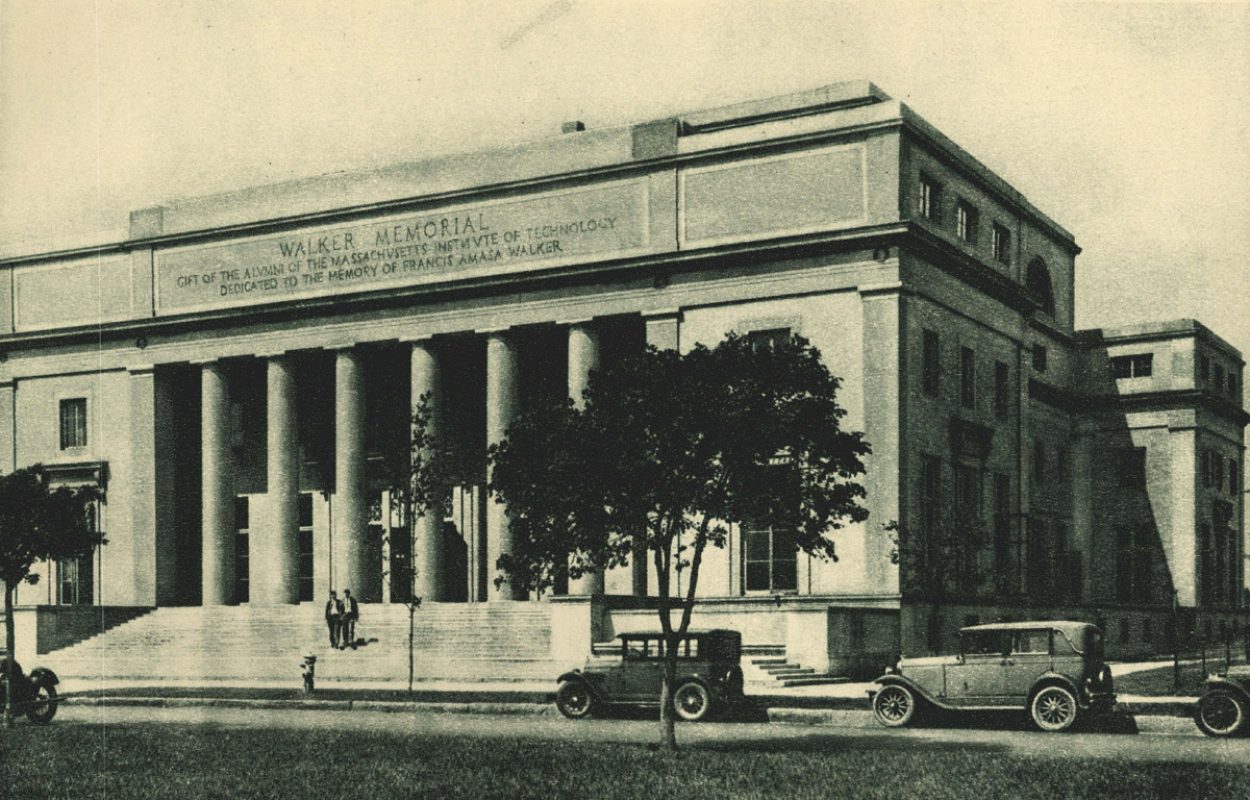MIT Undergraduate Association
The Massachusetts Institute of Technology Undergraduate Association (UA) is the undergraduate student governing body at the Institute. The goals of the UA include articulating students’ concerns, communicating student opinion to the Institute administration, and organizing undergraduate events and activities.
The precursor to the UA was the Institute Committee (later called Inscomm), which first met on 11 February 1893. The object of the committee was to promote the welfare of the Institute at home and abroad and to form a responsible body through which communication could be made directly between students and faculty. Albert Farwell Bemis (class of 1893) organized the plan and submitted it in 1893 to the undergraduate classes. The plan was endorsed by the faculty in the same year. The committee met bi-weekly and was made up of ten members during the first term and twelve during the second, including four class presidents and two members of each class. Honorary members included the president and secretary of the Institute plus one member of the faculty. Senior and junior class presidents were president and vice president, respectively, of the committee.
The committee prepared an exhibit to represent MIT student life at the Columbian Exposition in Chicago in 1893 and decided upon the official pin and colors of the Institute.
In 1909 representation on the committee was increased by the inclusion of one delegate from each of the student professional societies, as well as one from other major activities including the Tech Show, The Tech, Technique, the Athletic Association, and the Technology Christian Association. As the number of extracurricular activities increased at the Institute, the need for a central governing body became evident. In 1913 an Undergraduate Association (UA) was established to provide a larger forum for undergraduates. Each undergraduate automatically became a member. The first UA meeting was held on 9 April 1914. Inscomm became the legislative and executive body of the UA. The meetings of Inscomm remained open to all students, and its decisions were submitted to a vote of the student body upon petition.
By 1940 the functions of Inscomm had undergone significant changes. It was the charge of the committee to approve all elections, appointments, budgets, and programs relating to the conduct of business of undergraduate activities. Important committees of the UA during this period included the Budget Committee, the Election Committee, the Executive Committee, the Student-Faculty Committee, and the Walker Memorial Committee.
In 1969 a new constitution for the undergraduate body, called the Unified University Proposal, was approved by a vote of the students. The proposal was intended to create better organized presentation of student opinion to the rest of the Institute. With the acceptance of the new constitution, Inscomm ceased to exist and in its place was a General Assembly with an Executive Committee.
By the early 1970s the General Assembly was renamed the Undergraduate Association, and its governing body, the UA Council (UAC). The UAC is both the legislative and the judicial arm of the UA. It is composed of an apportioned number of students elected from different living groups. The president, vice president, secretary, and treasurer of the UA are automatically members. The UAC discusses issues, makes proposals, and has final say over UA policies and practices.
The UA committees include the Course Evaluation Guide Committee (CEG); the Judicial Review Board (JudBoard), which interprets the UA constitution and adjudicates conflicts caused by legislation of the council; the Association of Student Activities (ASA); the Student Committee on Education Policy (SCEP); the Nominations Committee (NomComm), and the Finance Board (FinBoard), which allocates funds for student activities.
Prepared by the Institute Archives, MIT Libraries
